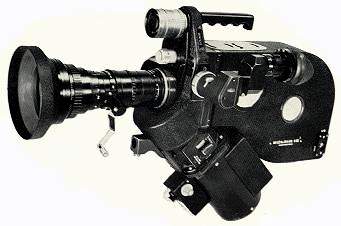 For those of you shooting on our second-year camera, the Panasonic AG-HMC150, you have probably already seen these cards. Perhaps you've even pondered what "Class 6" actually means. Hopefully we can clear up some of these questions.
For those of you shooting on our second-year camera, the Panasonic AG-HMC150, you have probably already seen these cards. Perhaps you've even pondered what "Class 6" actually means. Hopefully we can clear up some of these questions.Firstly, the HMC150 can shoot with any SD card. However, you will only be able to take advantage of the high-quality modes with cards rated as "Class 4" or higher. We provide "Class 6" rated cards to give you some peace of mind.
SDHC Class Ratings:
Class 2: 2 MByte/s - 13x
Class 4: 4 MByte/s - 26x
Class 6: 6 MByte/s - 40x
Keep in mind that these ratings are minimum transfer speeds and that peak performance can be much faster.
Not sure how much footage your SDHC card can hold? In the highest quality (PH mode) you'll get about 6.35 minutes per gigabyte, so you can estimate card capacity by the following formula:
6.35 x (card capacity) = available time in minutes
So, some common SDHC card sizes can hold the following:
4GB ≈ 25 minutes
8GB ≈ 51 minutes
16GB ≈ 102 minutes
32GB ≈ 204 minutes







